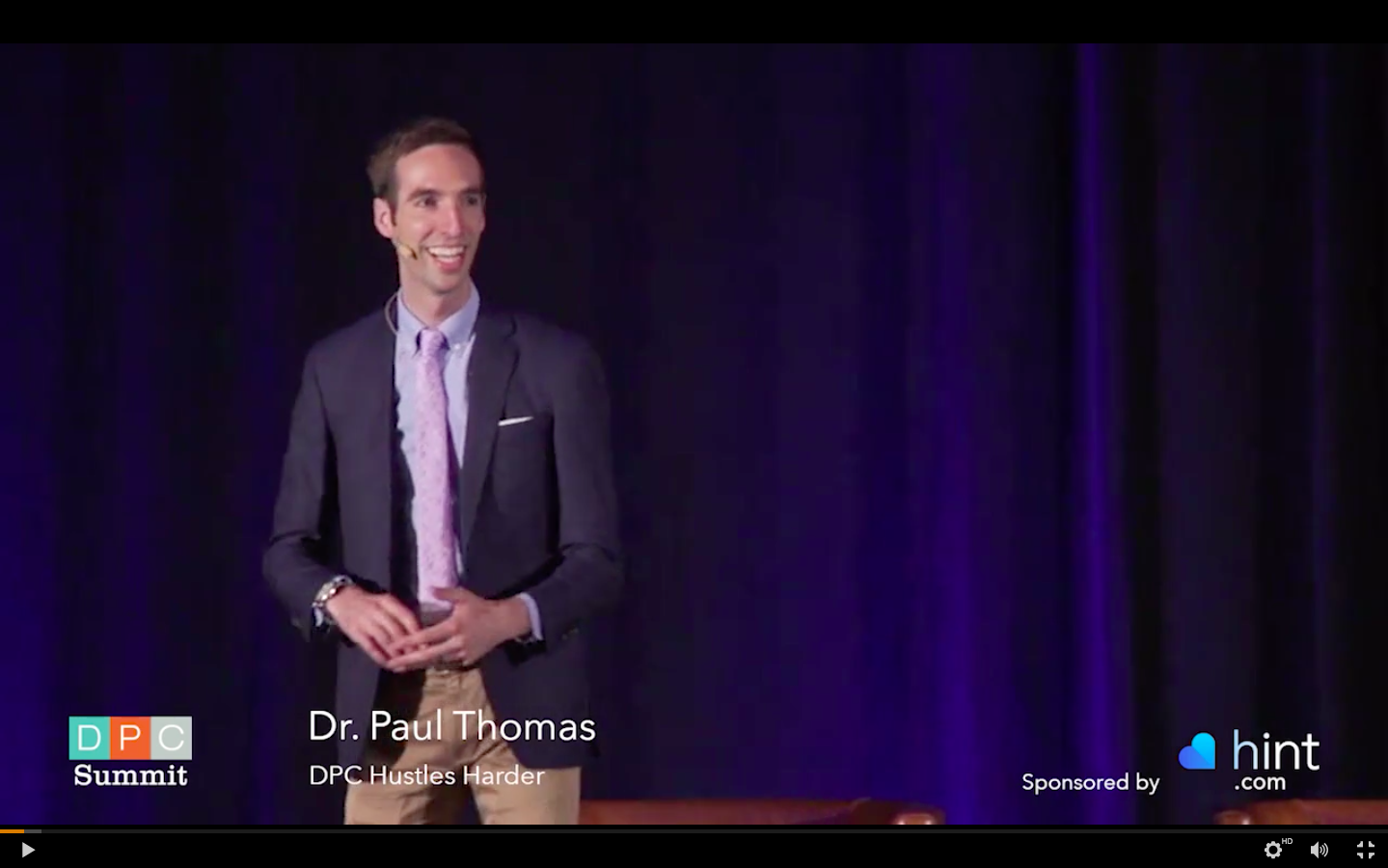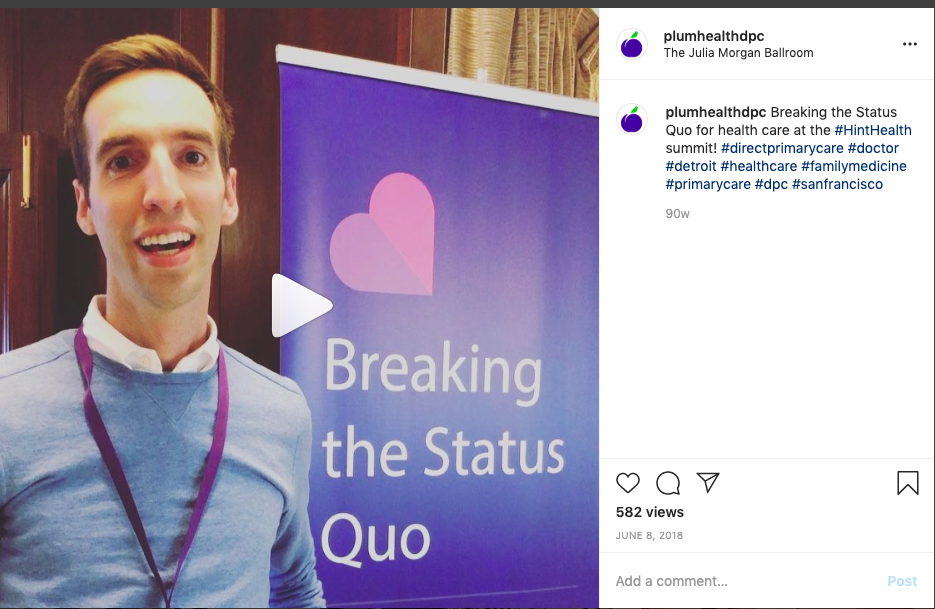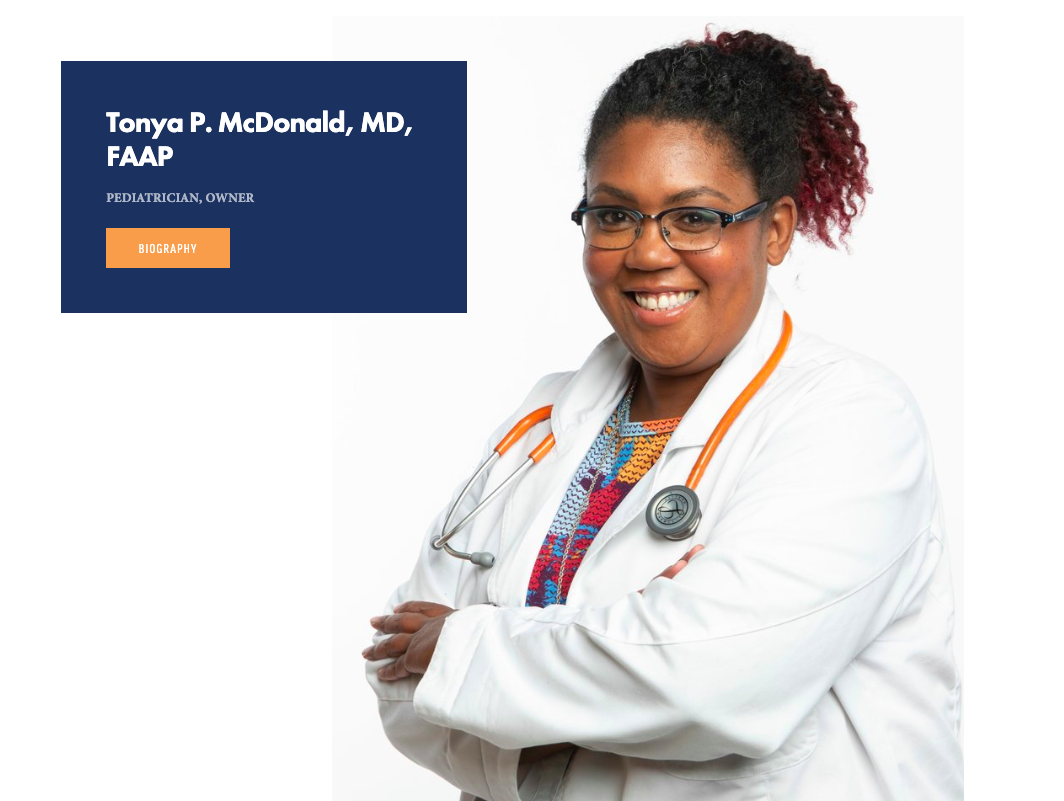The Coronavirus is here in the United States and it’s causing new infections, hospitalizations, and deaths. People are scared about their own health and they’re worried about the health of their communities. People are looking to their doctors for answers during this time. In this blog post, I’m going to address the following:
What can you do during this coronavirus pandemic?
How can you communicate the value of your Direct Primary Care practice during this time?
What are the most effective mediums of communication?
What are some examples of successful Direct Primary Care doctors who are communicating clearly during this time?
What can you do during this coronavirus pandemic?
As a primary care doctor, you are uniquely positioned to address the public and the concerns of the public with excellent information. You want to provide the public with information that is evidenced-based. Avoid making prognostications or letting your opinion seep in. Stick to the facts and best practices.
Additionally, keep an even keel and a calm demeanor. If you look anxious or scared, your patients will pick up on this. If you look calm and collected, your patients will take note and they’ll be more trusting of your advice.
How can you communicate the value of your Direct Primary Care practice during this time?
You can communicate your value by telling folks what you do and how you’re uniquely situated to triage patients. Let people know that you can help them and guide them to the best care possible. This is what you’ve been trained to do - to triage patients, to treat people with medical concerns - now you just have to communicate that ability with your broader audience.
What are the most effective mediums of communication?
Your most effective means of communication are Facebook Live streams, Facebook videos, and YouTube videos. It’s difficult for people to read a lot of information about the coronavirus, so if you can break it down in a digestible format as a video, you will be able to reach a broader audience. You can supplement this video content with written content either in the notes below the video on Facebook or LinkedIn or as a separate blog post.
Examples of successful Direct Primary Care doctors who are communicating clearly during this time
There are a number of Direct Primary Care doctors communicating information clearly to their patients and their communities. I’ll use myself as an example to start and then showcase a few others. So this is a Facebook Live video that I put up on Facebook. It received 180 reactions, 117 comments, 85 shares, and 4,500 views to date. I then downloaded the Facebook live video, uploaded the video onto YouTube and created a blog post around the content. We had 10 new patients enroll in the 24 hours after posting the video.
The next video was not a live video, and a second update on the Coronavirus. I discussed why we’re enacting social distancing and how it can slow the spread of the viral infection. This video received 108 reactions, 27 comments, and 55 shares after posting it.
Dr. Delicia Haynes and her video
Delicia Haynes has a great presentation style and I love what she says here: “It’s Time for Precaution not Panic: Tips For Individuals and Business Owners to stay COVID-19 Free.” Dr. Haynes is the Founder at Family First Health Center in Daytona Beach, Florida.
Focus on her body language, the lighting, her tone of voice, and her speech pattern. She looks directly into the camera, she has nice lighting on her face, and she is in the center of the camera. These are all great. She keeps an even tone of voice and she speaks at an even pace. These are good things as well.
What if you don’t like to be on camera?
If you don’t like to be on camera, it’s a missed opportunity. However, you can make up for it by sending patients emails with photos of yourself in the office. Photos are important because people are way more likely to engage with visual media than with written posts.
HOW CAN I LEARN MORE ABOUT STARTING A DIRECT PRIMARY CARE Practice?
If you want to learn more about starting and growing your direct primary care practice, look no further than our courses on how to start and grow your direct primary care practice. We at Startup DPC have begun compiling some of the best content available on this blog and in our courses.
The best place to start is to take our Direct Primary Care Business Plan course, available here. From there, you can learn how to attract new patients to your direct primary care practice and how to find the perfect location or build out the practice of your dreams.
Thanks for reading and watching, and best of luck in your direct primary care journey!
- Dr. Paul Thomas with Startup DPC












